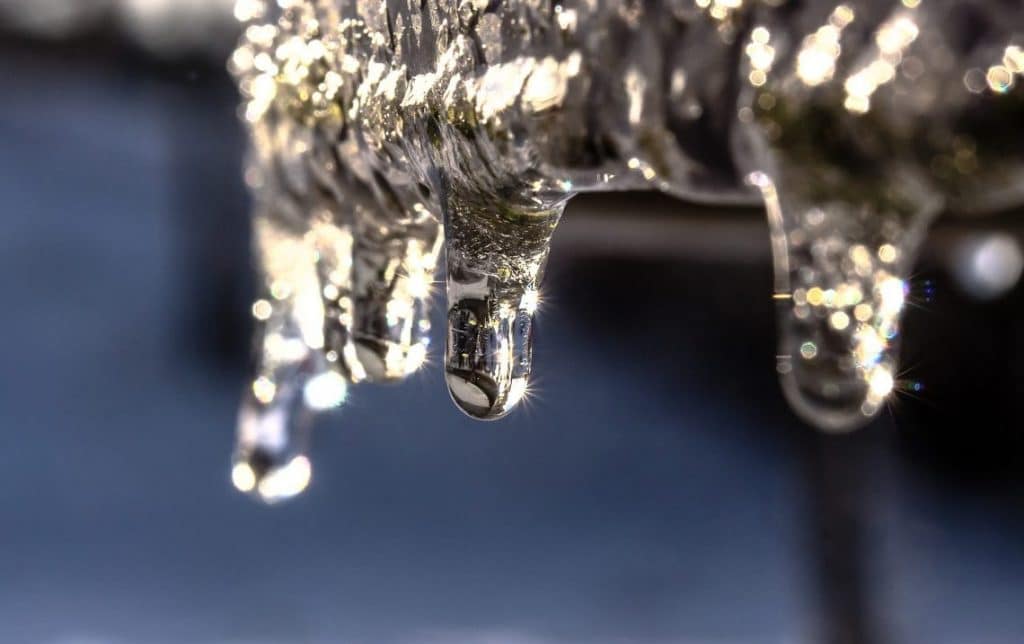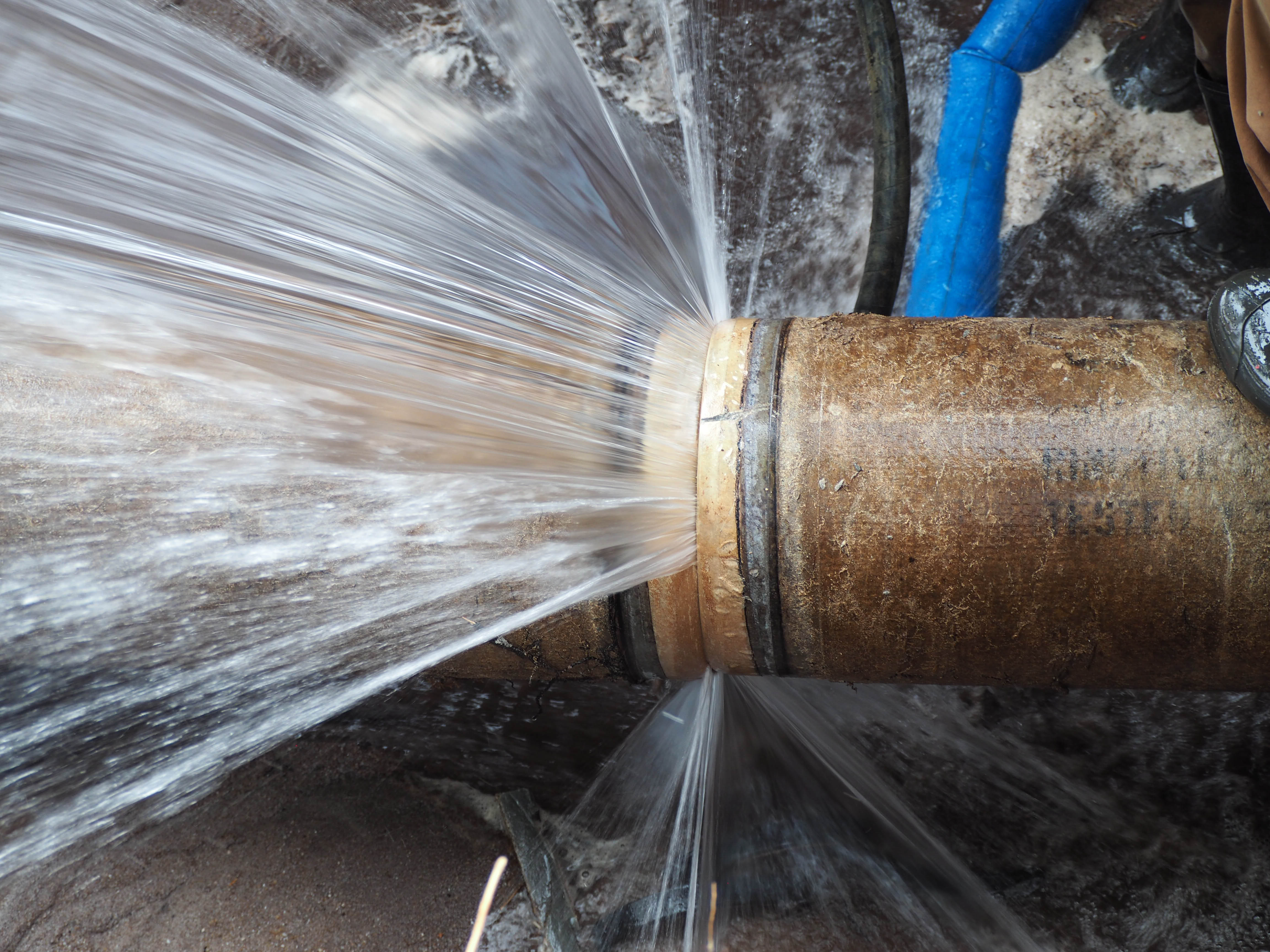We have encountered this post about Helpful Tips to Prevent Frozen Pipes this Winter listed below on the internet and thought it made perfect sense to quickly share it with you over here.

Winter can damage your pipes, particularly by freezing pipes. Here's how to stop it from taking place and what to do if it does.
Introduction
As temperature levels drop, the risk of icy pipelines boosts, potentially leading to costly repair work and water damages. Comprehending exactly how to stop icy pipelines is essential for property owners in cold environments.
Understanding Icy Pipelines
What creates pipes to ice up?
Pipes ice up when exposed to temperature levels below 32 ° F (0 ° C) for expanded periods. As water inside the pipelines freezes, it broadens, taxing the pipeline wall surfaces and potentially triggering them to break.
Dangers and problems
Frozen pipes can cause water interruptions, building damage, and costly repairs. Burst pipes can flooding homes and cause comprehensive structural damages.
Indications of Frozen Piping
Determining frozen pipelines early can avoid them from bursting.
Just how to recognize icy pipelines
Seek reduced water flow from faucets, uncommon odors or noises from pipes, and visible frost on subjected pipelines.
Prevention Tips
Shielding at risk pipelines
Cover pipes in insulation sleeves or make use of heat tape to shield them from freezing temperatures. Focus on pipes in unheated or external areas of the home.
Home heating strategies
Maintain interior rooms properly heated, especially areas with pipes. Open up cabinet doors to allow cozy air to flow around pipelines under sinks.
Shielding Exterior Pipes
Garden pipes and outdoor taps
Separate and drain pipes yard tubes before winter season. Mount frost-proof spigots or cover outdoor taps with insulated caps.
What to Do If Your Pipes Freeze
Immediate actions to take
If you think icy pipes, keep taps available to ease stress as the ice melts. Utilize a hairdryer or towels taken in hot water to thaw pipelines slowly.
Long-Term Solutions
Structural changes
Take into consideration rerouting pipes far from outside wall surfaces or unheated areas. Add additional insulation to attic rooms, basements, and crawl spaces.
Upgrading insulation
Buy premium insulation for pipes, attic rooms, and wall surfaces. Proper insulation helps keep regular temperature levels and lowers the threat of frozen pipelines.
Verdict
Preventing icy pipes requires positive procedures and fast feedbacks. By understanding the reasons, signs, and safety nets, home owners can shield their pipes throughout winter.
6 Proven Ways to Prevent Frozen Pipes and Protect Your Home
Disconnect and Drain Garden Hoses
Before winter arrives, start by disconnecting your garden hoses and draining any remaining water. Close the shut-off valves that supply outdoor hose bibs and leave the outdoor faucet open to allow any residual water to drain. For extra protection, consider using faucet covers throughout the colder months. It’s also important to drain water from any sprinkler supply lines following the manufacturer’s directions.
Insulate Exposed Pipes
Insulating your pipes is an effective way to prevent freezing. Pipe insulation is readily available at home improvement stores and is relatively inexpensive. Pay close attention to pipes in unheated areas such as the attic, basement, crawl spaces, or garage. Apply foam insulation generously to create a buffer against the cold. You can also wrap your pipes in heat tape or thermostat-controlled heat cables for added warmth.
Seal Air Leaks
Inspect your home for any cracks or openings that could let in cold air. Seal any holes around the piping in interior or exterior walls, as well as the sill plates where your home rests on its foundation. Additionally, make sure to keep your garage door closed unless you’re entering or exiting. Leaving it open creates a significant air leak that can lead to frozen pipes.
Allow Warm Air Circulation
During cold snaps, it’s essential to allow warm air to circulate evenly throughout your home. Leave interior doors ajar to promote better airflow. Open kitchen and bathroom cabinets to help distribute heat consistently around the rooms. If you have small children or pets, be sure to remove any household chemicals or potentially harmful cleaners from open cabinets for safety.
Let Faucets Drip
A small trickle of water can make a big difference in preventing ice formation inside your pipes. When temperatures drop significantly, start a drip of water from all faucets served by exposed pipes. This continuous flow helps prevent the water from freezing. Additionally, running a few faucets slightly can relieve pressure inside the pipes, reducing the chances of a rupture if the water inside does freeze.
https://choateshvac.com/6-proven-ways-to-prevent-frozen-pipes-and-protect-your-home/

As a person who reads on How to prepare your home plumbing for winter weather, I thought sharing that article post was really helpful. Be sure to take a moment to share this page if you enjoyed reading it. Thanks a bunch for being here. Revisit us soon.
Call Today